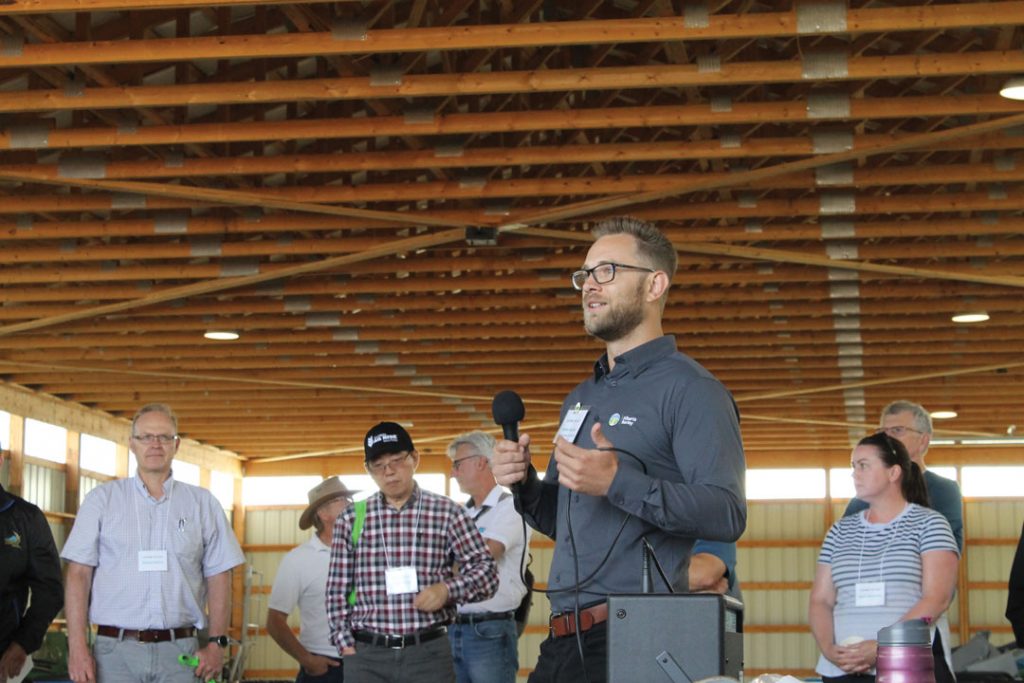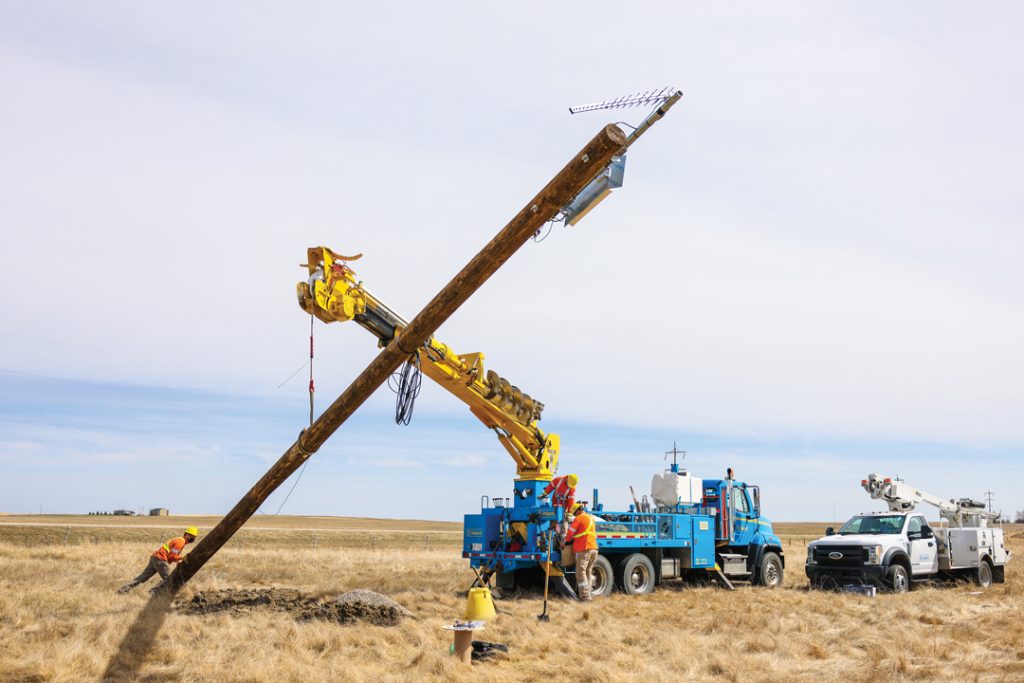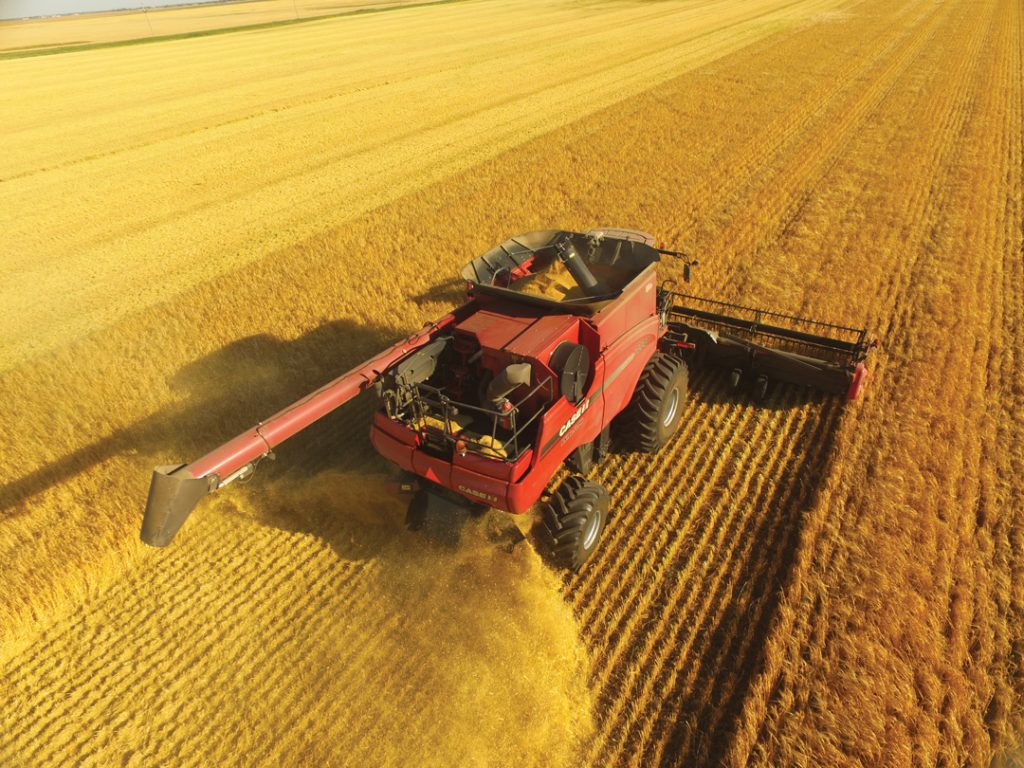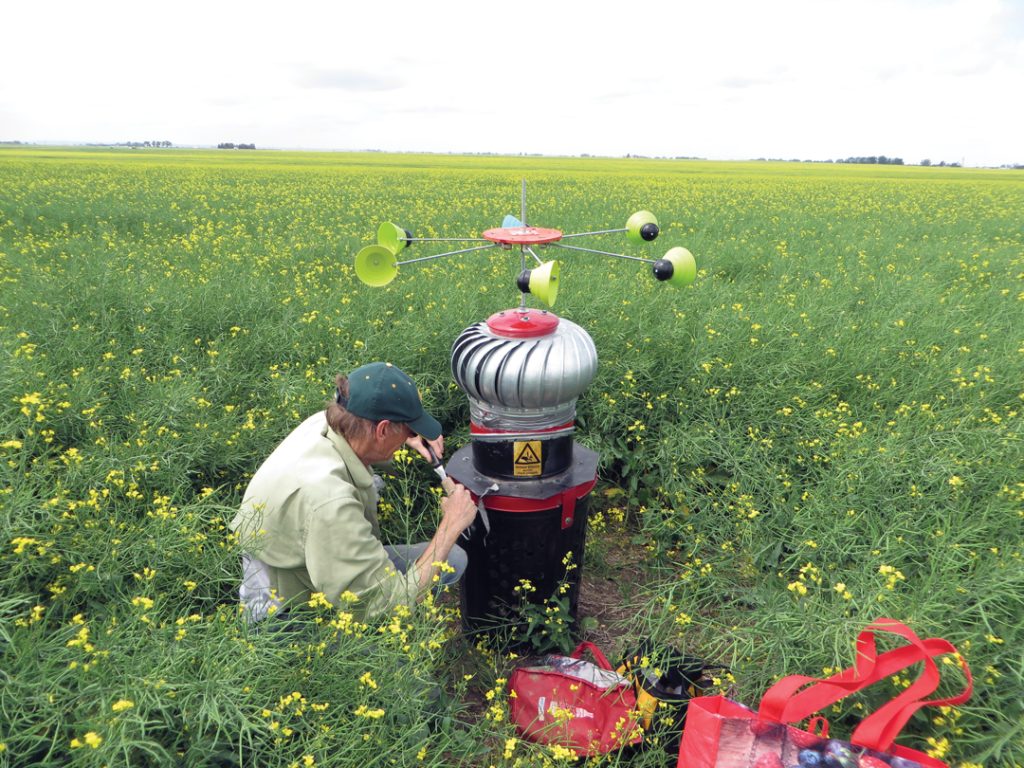BARLEY SCHOLARSHIPS AID RESEARCH
Research is an essential component for the improvement of Canadian barley production. The Alberta Barley Student Scholarship provides three post-secondary students with $2,000 to support barley-related projects.

Research is an essential component for the improvement of Canadian barley production. The Alberta Barley Student Scholarship provides three post-secondary students with $2,000 to support barley-related projects.

Have you heard the story of the poor old farmer who lost his horse? All his neighbours came to him and said, “Well, that’s too bad.” The farmer said, “We’ll see.” The next day, the horse returned, bringing another horse with him. The neighbours proclaimed, “What good fortune!” to which the farmer replied, “We’ll see.” The next day, while taming the horse, the farmer’s son fell and broke his back. Again, the neighbours came to the farmer and said, “Well, that’s too bad,” and again, the farmer replied, “We’ll see.” Shortly thereafter, a conscription officer came to collect all the able-bodied young men in the area but rejected the farmer’s son due to his injury. Again, the neighbours came to the farmer and said, “What good fortune!” and again, the farmer said, “We’ll see.”

In the fall of last year, BASF VP of public affairs Julia Hamal told a crowded room of ag industry professionals something they already knew, namely that Canada’s sector is envied around the world. As Hamal spoke to the room at the Canadian Centre for Food Integrity’s Public Trust Summit, she was quick to add that Canada is not speaking as loudly as it could about its greatest qualities, such as its progressive regulatory environment.

Rural regions across the Prairies have long suffered from poor basic network and cellphone coverage. However, as farmers continue to ramp up their use of smart ag technology, the need for quality internet connection becomes more crucial, and the lack of connectivity becomes more frustrating.

Grain and oilseed markets have not been boring in 2022/23. In the run-up to spring seeding, the war in Ukraine sparked substantial price increases. Simultaneously, inflation sprang from the embers of the COVID lockdowns and accompanying public policy. Already vulnerable populations faced increased concern about food shortages. Input costs soared due to logistical problems and supply concerns.

Agbee Kpogo saw an opportunity to conduct research on swine nutrition while completing an undergraduate degree in animal science in his native Ghana. Working for a company that dealt mainly with poultry, he realized there was a glaring gap in that region’s research materials on sustainable, large-scale pig farming.

For the last five years, Canada has averaged third place among the world’s top malting barley and malt exporters. Across the globe, Canadian barley and malt are considered premium products. Naturally, the varietal purity of malting barley is a cornerstone of Canada’s value proposition for domestic and international maltsters and brewers.

Founded by Alberta Barley, Alberta Canola, Alberta Pulse Growers and the Alberta Wheat Commission, Team Alberta Crops was formed to elevate the influence of Alberta’s farmers in key agricultural policy areas. Focused on four priorities—improved market access, reduced regulatory hurdles, increased global competitiveness and continued sustainability—Team Alberta Crops advocates on behalf of Alberta farmers.

“Is it really necessary to spray in all cases?” It’s a question posed by Brent Puchalski, a molecular plant pathologist. Up to 75 per cent of all fungicide application is either off target or worse, has no target, he warned.

The job of an agricultural analyst is to have an opinion on every topic and an answer for every question. And most of us prefer fundamentals—supply and demand. However, in 2022, macroeconomics and geopolitics held sway and muted some of the price movements that could have occurred if fundamentals dominated the market. Moreover, the variables needed for any model explaining potential price direction have expanded. To get my bearings at times like these, I resort to the Coma Test.